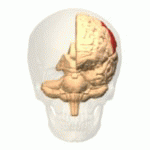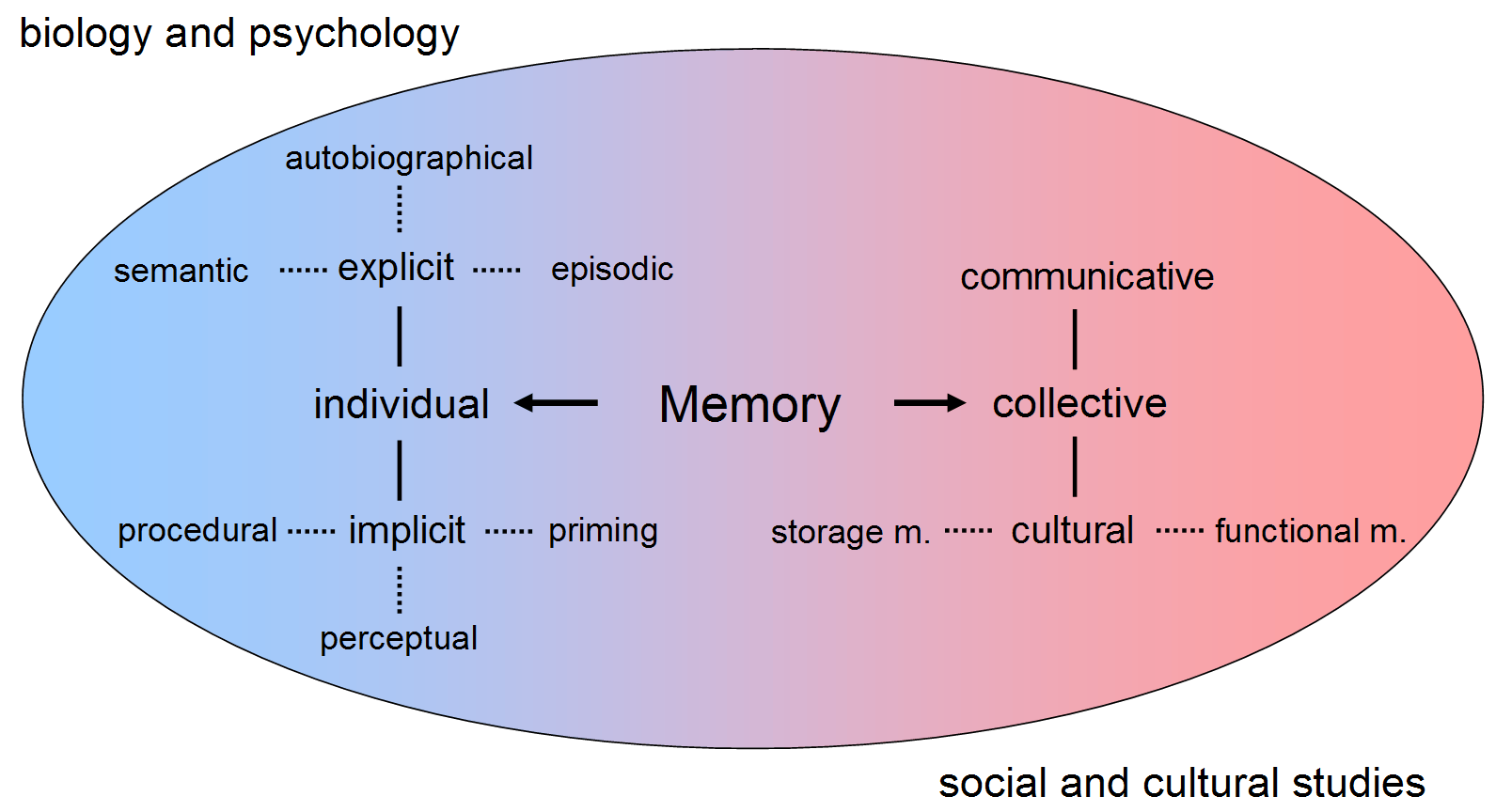|
Dyschiria
Dyschiria, also known as dyschiric syndrome, is a neurological disorder where one-half of an individual's body or space cannot be recognized or cannot respond to sensations. The term dyschiria is rarely used in modern scientific research and literature. Dyschiria has been often referred to as unilateral neglect, visuo-spatial neglect, or hemispatial neglect from the 20th century onwards. Psychologists formerly characterized dyschiric patients to be unable to discriminate or report external stimuli. This left the patients incapable of orienting sensory responses in their extrapersonal and personal space. Patients with dyschiria are unable to distinguish one side of their body in general, or specific segments of the body. There are three stages to dyschiria: achiria, allochiria, and synchiria, in which manifestations of dyschiria evolve in varying degrees. The dyschiric syndrome was defined in the early 20th century by Ernest Jones, a Welsh psychiatrist, and has encapsulated sever ... [...More Info...] [...Related Items...] OR: [Wikipedia] [Google] [Baidu] |
Allochiria
Allochiria is a neurological disorder in which the patient responds to stimuli presented to one side of their body as if the stimuli had been presented at the opposite side. It is associated with spatial :wikt:transpose, transpositions, usually symmetrical, of stimuli from one side of the body (or of the space) to the opposite one. Thus a touch to the left side of the body will be reported as a touch to the right side, which is also known as somatosensory allochiria. If the Auditory system, auditory or visual senses are affected, sounds (a person's voice for instance) will be reported as being heard on the opposite side to that on which they occur and objects presented visually will be reported as having been presented on the opposite side. Often patients may express allochiria in their drawing while copying an image. Allochiria often co-occurs with unilateral neglect and, like hemispatial neglect, the disorder arises commonly from damage to the right parietal lobe. Allochiri ... [...More Info...] [...Related Items...] OR: [Wikipedia] [Google] [Baidu] |
Achiria
Achiria, also referred to as "Simple Allochiria", is a neurological disorder in which a patient is unable to recognise or perceive one side of their body. It is oftentimes associated with dyschiria, also known as a form of unilateral neglect or hemispatial neglect. The term achiria is seldom used in modern scientific literature. Psychologists in the past defined dyschiria as the inability of patients to distinguish the side of which a given stimulus is generated from. There are three forms of dyschiria: achiria, allochiria and synchiria, of which achiria is considered to be the primary stage. Patients with achiria would have deficits in sensory, motor and introspective areas of consciousness. The symptoms are associated with hysteria, spinal lesions and unilateral neglect syndrome. In Greek terminology, "chiria" or "χεiρ" means hand, while the "a-" prefix means "without" or "not". However, in actual clinical practice, achiria is also referred to the inability to localize sti ... [...More Info...] [...Related Items...] OR: [Wikipedia] [Google] [Baidu] |
Unilateral Neglect
Hemispatial neglect is a neuropsychological condition in which, after damage to one hemisphere of the brain (e.g. after a stroke), a deficit in attention and awareness towards the side of space opposite brain damage (contralesional space) is observed. It is defined by the inability of a person to process and perceive stimuli towards the contralesional side of the body or environment. Hemispatial neglect is very commonly contralateral to the damaged hemisphere, but instances of ipsilesional neglect (on the same side as the lesion) have been reported. Presentation Hemispatial neglect results most commonly from strokes and brain unilateral injury to the right cerebral hemisphere, with rates in the critical stage of up to 80% causing visual neglect of the left-hand side of space. Neglect is often produced by massive strokes in the middle cerebral artery region and is variegated, so that most sufferers do not exhibit all of the syndrome's traits. Right-sided spatial neglect is rare be ... [...More Info...] [...Related Items...] OR: [Wikipedia] [Google] [Baidu] |
Hemispatial Neglect
Hemispatial neglect is a neuropsychological condition in which, after damage to one hemisphere of the brain (e.g. after a stroke), a deficit in attention and awareness towards the side of space opposite brain damage (contralesional space) is observed. It is defined by the inability of a person to process and perceive stimuli towards the contralesional side of the body or environment. Hemispatial neglect is very commonly contralateral to the damaged hemisphere, but instances of ipsilesional neglect (on the same side as the lesion) have been reported. Presentation Hemispatial neglect results most commonly from strokes and brain unilateral injury to the right cerebral hemisphere, with rates in the critical stage of up to 80% causing visual neglect of the left-hand side of space. Neglect is often produced by massive strokes in the middle cerebral artery region and is variegated, so that most sufferers do not exhibit all of the syndrome's traits. Right-sided spatial neglect is rare ... [...More Info...] [...Related Items...] OR: [Wikipedia] [Google] [Baidu] |
Unilateral Neglect
Hemispatial neglect is a neuropsychological condition in which, after damage to one hemisphere of the brain (e.g. after a stroke), a deficit in attention and awareness towards the side of space opposite brain damage (contralesional space) is observed. It is defined by the inability of a person to process and perceive stimuli towards the contralesional side of the body or environment. Hemispatial neglect is very commonly contralateral to the damaged hemisphere, but instances of ipsilesional neglect (on the same side as the lesion) have been reported. Presentation Hemispatial neglect results most commonly from strokes and brain unilateral injury to the right cerebral hemisphere, with rates in the critical stage of up to 80% causing visual neglect of the left-hand side of space. Neglect is often produced by massive strokes in the middle cerebral artery region and is variegated, so that most sufferers do not exhibit all of the syndrome's traits. Right-sided spatial neglect is rare be ... [...More Info...] [...Related Items...] OR: [Wikipedia] [Google] [Baidu] |
Anesthesia
Anesthesia (American English) or anaesthesia (British English) is a state of controlled, temporary loss of sensation or awareness that is induced for medical or veterinary purposes. It may include some or all of analgesia (relief from or prevention of pain), paralysis (muscle relaxation), amnesia (loss of memory), and unconsciousness. An individual under the effects of anesthetic drugs is referred to as being anesthetized. Anesthesia enables the painless performance of procedures that would otherwise require physical restraint in a non-anesthetized individual, or would otherwise be technically unfeasible. Three broad categories of anesthesia exist: * ''General anesthesia'' suppresses central nervous system activity and results in unconsciousness and total lack of Sensation (psychology), sensation, using either injected or inhaled drugs. * ''Sedation'' suppresses the central nervous system to a lesser degree, inhibiting both anxiolysis, anxiety and creation of long-term memory, ... [...More Info...] [...Related Items...] OR: [Wikipedia] [Google] [Baidu] |
Neural Network
A neural network is a group of interconnected units called neurons that send signals to one another. Neurons can be either biological cells or signal pathways. While individual neurons are simple, many of them together in a network can perform complex tasks. There are two main types of neural networks. *In neuroscience, a '' biological neural network'' is a physical structure found in brains and complex nervous systems – a population of nerve cells connected by synapses. *In machine learning, an '' artificial neural network'' is a mathematical model used to approximate nonlinear functions. Artificial neural networks are used to solve artificial intelligence problems. In biology In the context of biology, a neural network is a population of biological neurons chemically connected to each other by synapses. A given neuron can be connected to hundreds of thousands of synapses. Each neuron sends and receives electrochemical signals called action potentials to its conne ... [...More Info...] [...Related Items...] OR: [Wikipedia] [Google] [Baidu] |
Memory
Memory is the faculty of the mind by which data or information is encoded, stored, and retrieved when needed. It is the retention of information over time for the purpose of influencing future action. If past events could not be remembered, it would be impossible for language, relationships, or personal identity to develop. Memory loss is usually described as forgetfulness or amnesia. Memory is often understood as an informational processing system with explicit and implicit functioning that is made up of a sensory processor, short-term (or working) memory, and long-term memory. This can be related to the neuron. The sensory processor allows information from the outside world to be sensed in the form of chemical and physical stimuli and attended to various levels of focus and intent. Working memory serves as an encoding and retrieval processor. Information in the form of stimuli is encoded in accordance with explicit or implicit functions by the working memory p ... [...More Info...] [...Related Items...] OR: [Wikipedia] [Google] [Baidu] |
Depersonalization
Depersonalization is a dissociative phenomenon characterized by a subjective feeling of detachment from oneself, manifesting as a sense of disconnection from one's thoughts, emotions, sensations, or actions, and often accompanied by a feeling of observing oneself from an external perspective. Subjects perceive that the world has become vague, dreamlike, surreal, or strange, leading to a diminished sense of individuality or identity. Those affected often feel as though they are observing the world from a distance, as if separated by a barrier "behind glass". They maintain insight into the subjective nature of their experience, recognizing that it pertains to their own perception rather than altering objective reality. This distinction between subjective experience and objective reality distinguishes depersonalization from delusions, where individuals firmly believe in false perceptions as genuine truths. Depersonalization is also distinct from derealization, which involves a sense ... [...More Info...] [...Related Items...] OR: [Wikipedia] [Google] [Baidu] |
Symmetry
Symmetry () in everyday life refers to a sense of harmonious and beautiful proportion and balance. In mathematics, the term has a more precise definition and is usually used to refer to an object that is Invariant (mathematics), invariant under some Transformation (function), transformations, such as Translation (geometry), translation, Reflection (mathematics), reflection, Rotation (mathematics), rotation, or Scaling (geometry), scaling. Although these two meanings of the word can sometimes be told apart, they are intricately related, and hence are discussed together in this article. Mathematical symmetry may be observed with respect to the passage of time; as a space, spatial relationship; through geometric transformations; through other kinds of functional transformations; and as an aspect of abstract objects, including scientific model, theoretic models, language, and music. This article describes symmetry from three perspectives: in mathematics, including geometry, the m ... [...More Info...] [...Related Items...] OR: [Wikipedia] [Google] [Baidu] |
Functional Disorder
Functional disorders are a group of recognisable medical conditions which are due to changes to the functioning of the systems of the body rather than due to a disease affecting the structure of the body. Functional disorders are common and complex phenomena that pose challenges to medical systems. Traditionally in medicine, the body is thought of as consisting of different organ systems, but it is less well understood how the systems interconnect or communicate. Functional disorders can affect the interplay of several organ systems (for example gastrointestinal, respiratory, musculoskeletal or neurological) leading to multiple and variable symptoms. Less commonly there is a single prominent symptom or organ system affected. Most symptoms that are caused by structural disease can also be caused by a functional disorder. Because of this, individuals often undergo many medical investigations before the diagnosis is clear. Though research is growing to support explanatory models of f ... [...More Info...] [...Related Items...] OR: [Wikipedia] [Google] [Baidu] |




